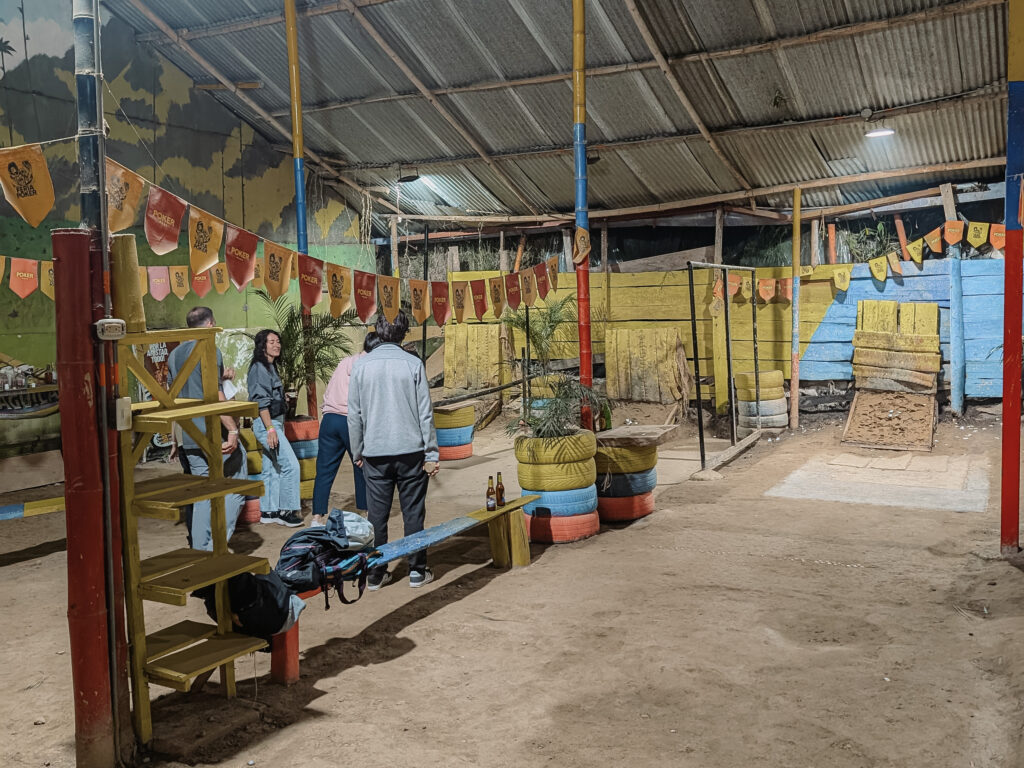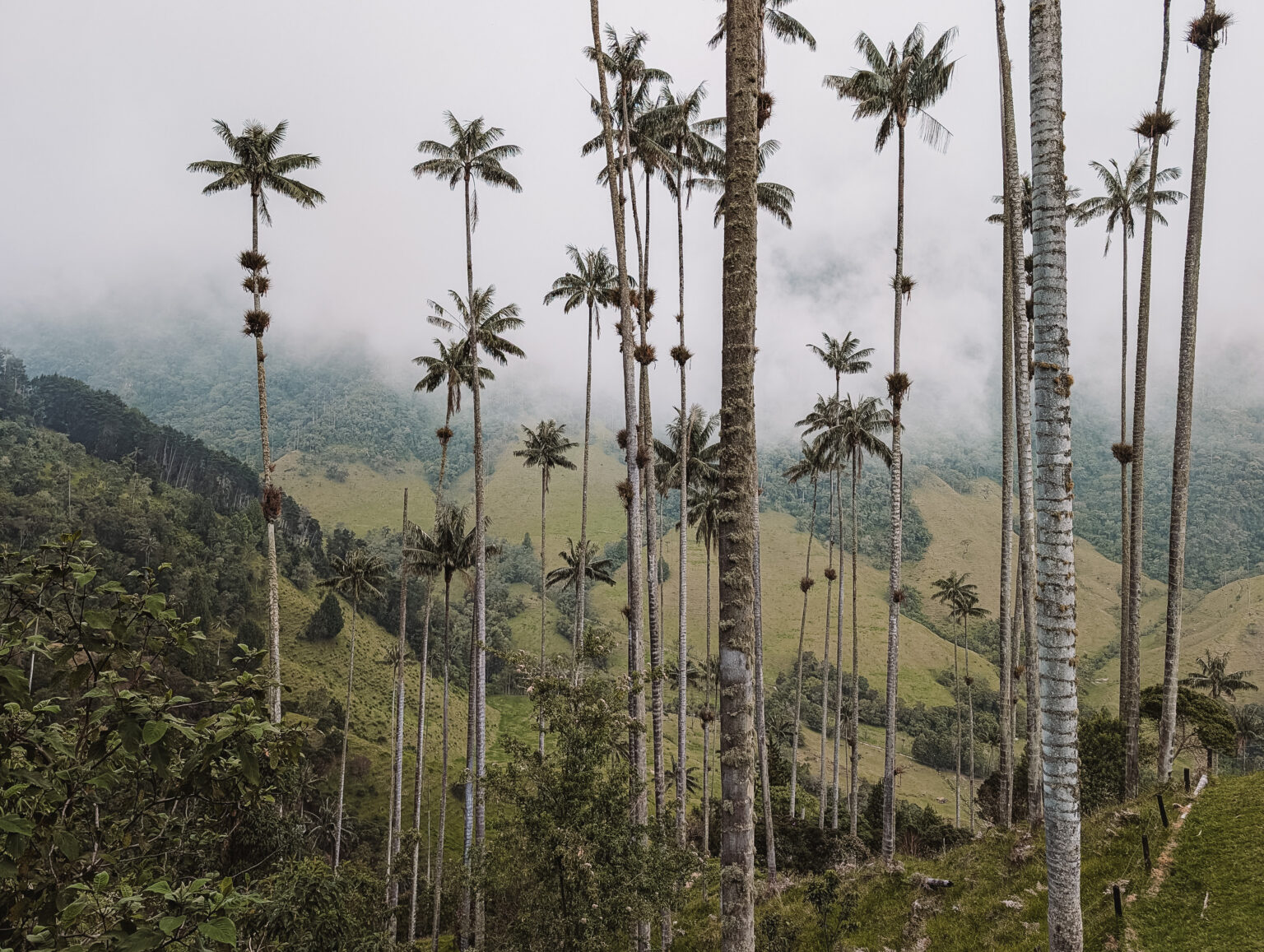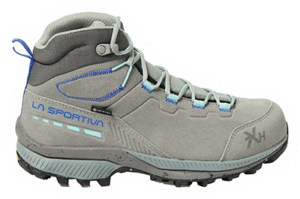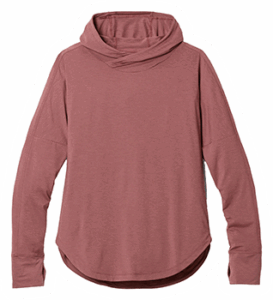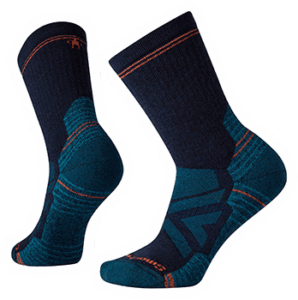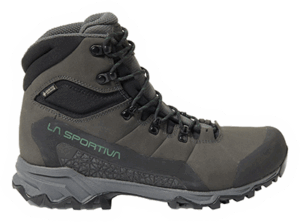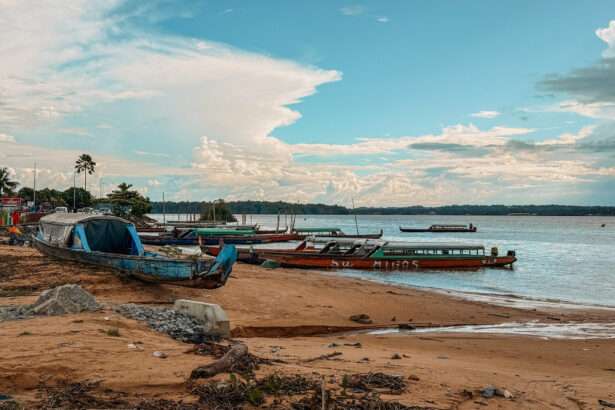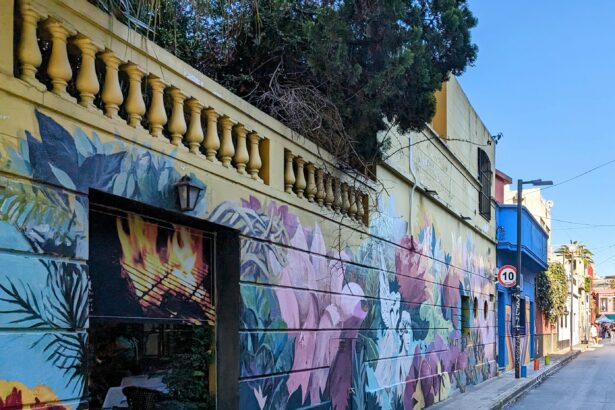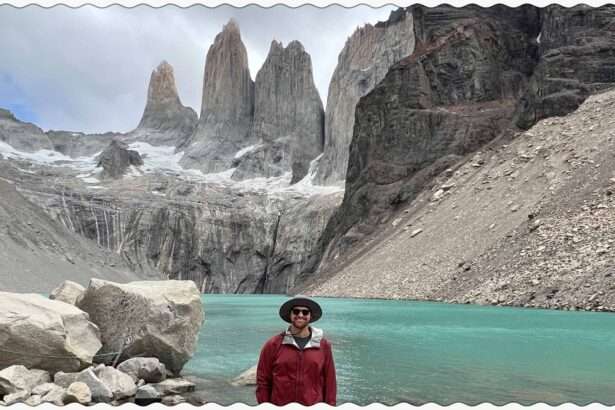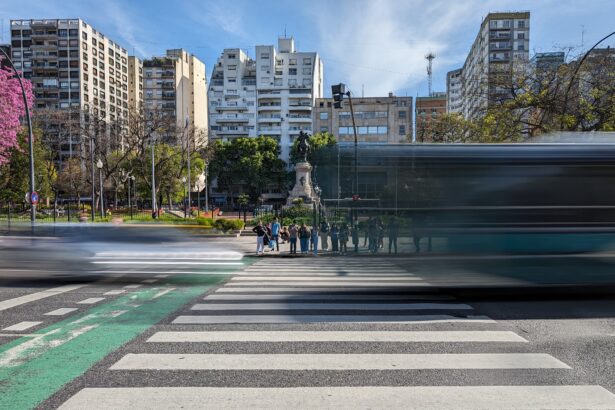The Eje Cafetero Region is a rural region within Colombia that is famous for its incredible coffee production. It produces some of the highest quality of coffee from around the world all located in a beautifully picturesque landscape. Beyond learning about coffee production, the region is full of adventure, with opportunities to go hiking, rafting, horseback riding, mountain biking, and more. It can also be a place to unwind and decompress, taking in the beautiful and warm climate. We recommend spending at least 3 days to truly take in the region and explore the various things to do in Salento.
Where to Stay in the Salento and Eje Cafetero Region
The Eje Cafetero Region is triangulated by three towns, Armenia and Pereira, and Manizales. Within that triangle is the smaller town of Salento, the main tourist destination of this region. Armenia and Pereira will be the towns that you will fly into to get into this region. However, they are the cities of the region and do not hold the magic and charm that this area has to offer.
Pereira is the largest airport in the region. You can check out various flight options for visiting Eje Cafetero region via Pereira here.
Staying in Salento
The reason we specify the town of Salento in this region is because it has the quaint charm that this region is known for and is a strong hub for many of the tourist activities that the region has to offer. The town is centered around a main square surrounded by a few hostels and bed & breakfasts, restaurants, and bars. These hotels are iconic due to their colorful storefronts and balconies. The town is small and incredibly walkable, making it the perfect place to center your touring in the Eje Cafetero region.
The other quaint town in this area is Filandia. It is larger than Salento but still has some of the charm that can be found in Salento. However, it does not have the tourist infrastructure that is built up in Salento.
Where to Stay to do the different Things in Salento and Beyond
Staying in Salento
The reason we specify the town of Salento in this region is because it has the quaint charm that this region is known for and is a strong hub for many of the tourist activities that the region has to offer. The town is centered around a main square surrounded by a few hostels and bed & breakfasts, restaurants, and bars. These hotels are iconic due to their colorful storefronts and balconies. The town is small and incredibly walkable, making it the perfect place to center your touring in the Eje Cafetero region.

The other quaint town in this area is Filandia. It is larger than Salento but still has some of the charm that can be found in Salento. However, it does not have the tourist infrastructure that is built up in Salento.
Looking for where to stay for in Salento? You can check out various hotels here.
Relaxing at a Finca or Hacienda
The Eje Cafetero region is full of farms (fincas o haciendas) that have transformed into hotels or bed & breakfasts for tourists who come to the region. These farms range in offerings but you can find one with a pool, coffee tours, horseback riding and more to really make it a relaxing stay. If possible, we recommend staying at a finca or hacienda for a few days.
How to Get Around the Eje Cafetero Region
To get around the Eje Cafetero region, you can easily use taxis, Ubers, or Willys. There is no need to rent a car to experience the region.
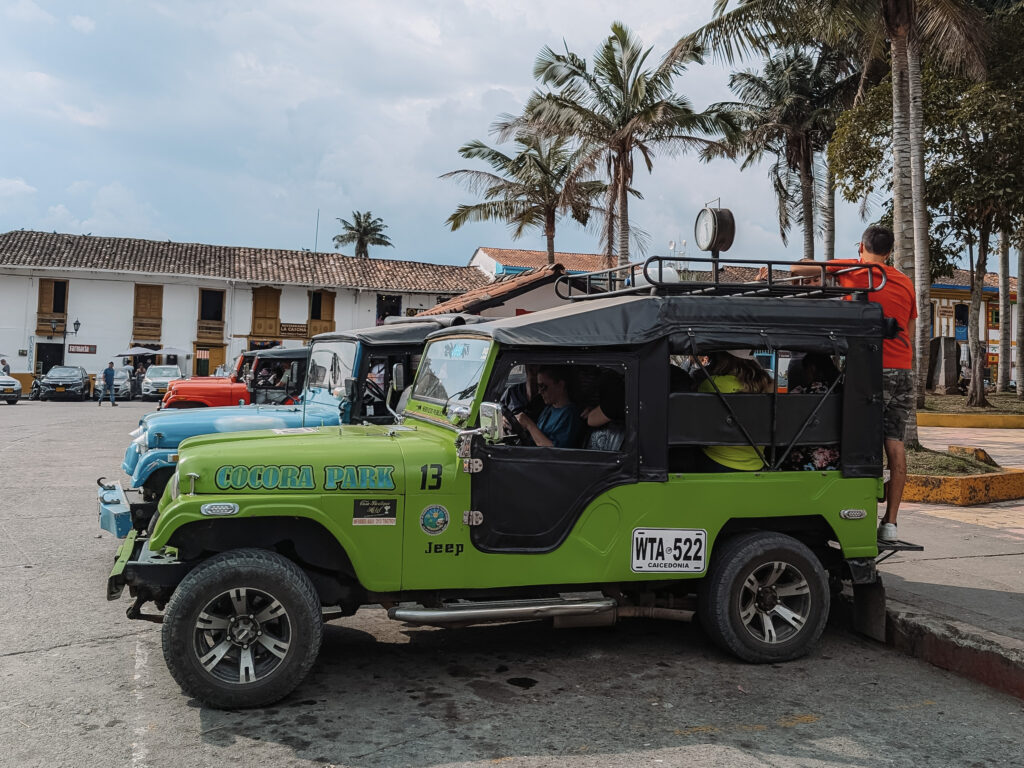
All the Things to Do in Salento and Eje Cafetero Region
The things to do in Salento and the Eje Cafetero region range from relaxing on a coffee farm to mountain biking through the jungle. You can spend a rapid 2 days speeding through the beautiful region or take a week doing a variety of activities and relaxing in this tropical area.
Visit a Coffee Farm or Two or Three (½ Day or More)
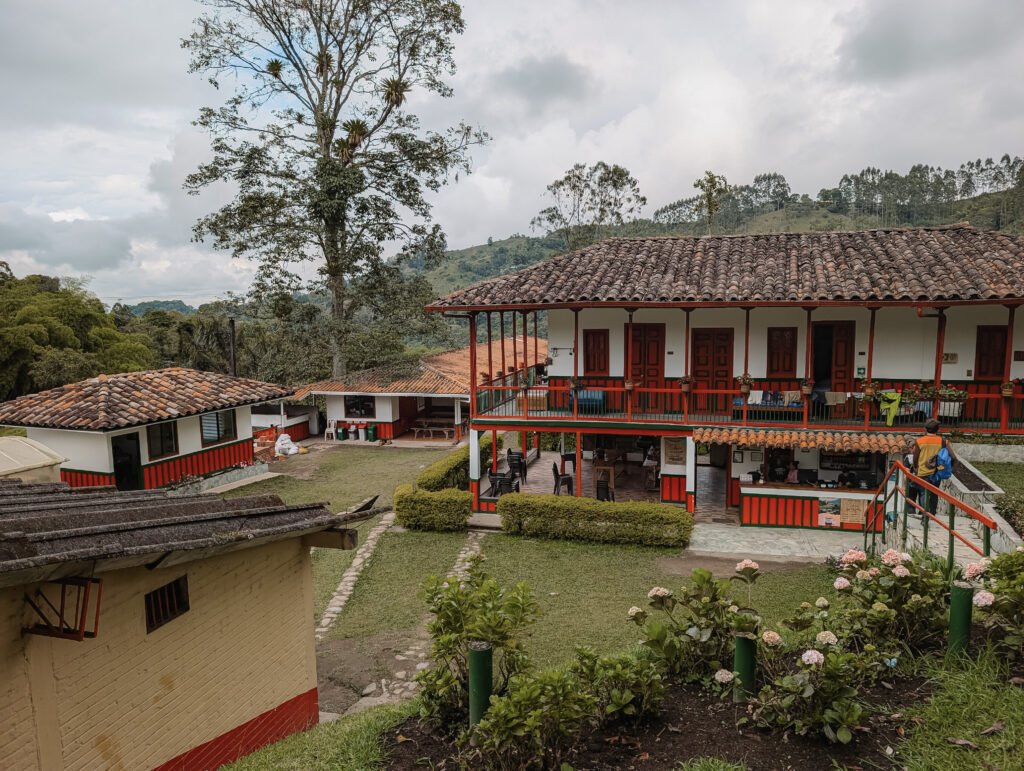
The Eje Cafetero region of Colombia is known for its coffee production. Now this is not necessarily the actual coffee drink; this is the coffee bean that will then be roasted, ground, and brewed into your perfect cup of coffee. You can visit the different small coffee bean producers of the region. These family owned farms use artisanal techniques to grow, pick, and process the coffee beans. Through a tour, you can learn about their particular process and understand what gives the coffee you drink every morning that particular flavor.
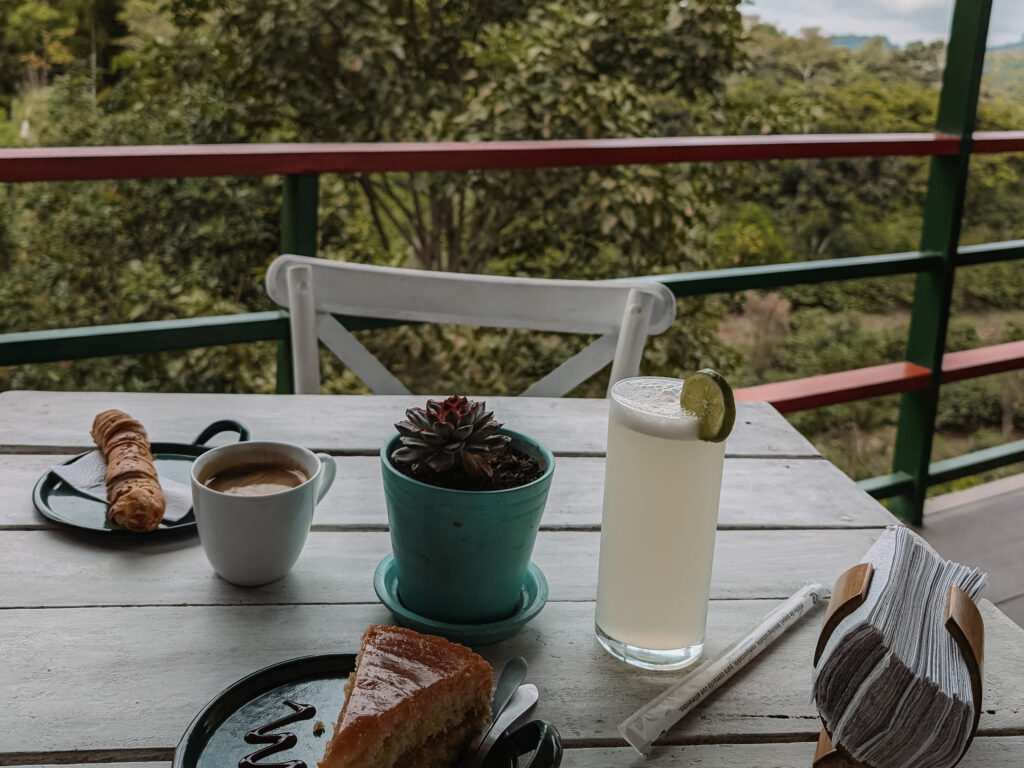
What Make Coffee Production Unique
At these farms, they are primarily growing the coffee plants and harvesting the beans. Some of these beans are dried and roasted in different ways on the farm itself to produce the different coffee flavors. However, much of their beans are sold internationally to then be roasted directly in places like the United States and Europe. (This is why specialty coffee shops have different flavors and roast styles). Some companies like to do their own roasting process and purchase the beans prior to roasting. This allows these companies to control the flavor of the coffee that they are then selling because the particularities of the flavor may come in the roasting techniques that they use. Others may purchase the final product of beans that are roasted on the farm.
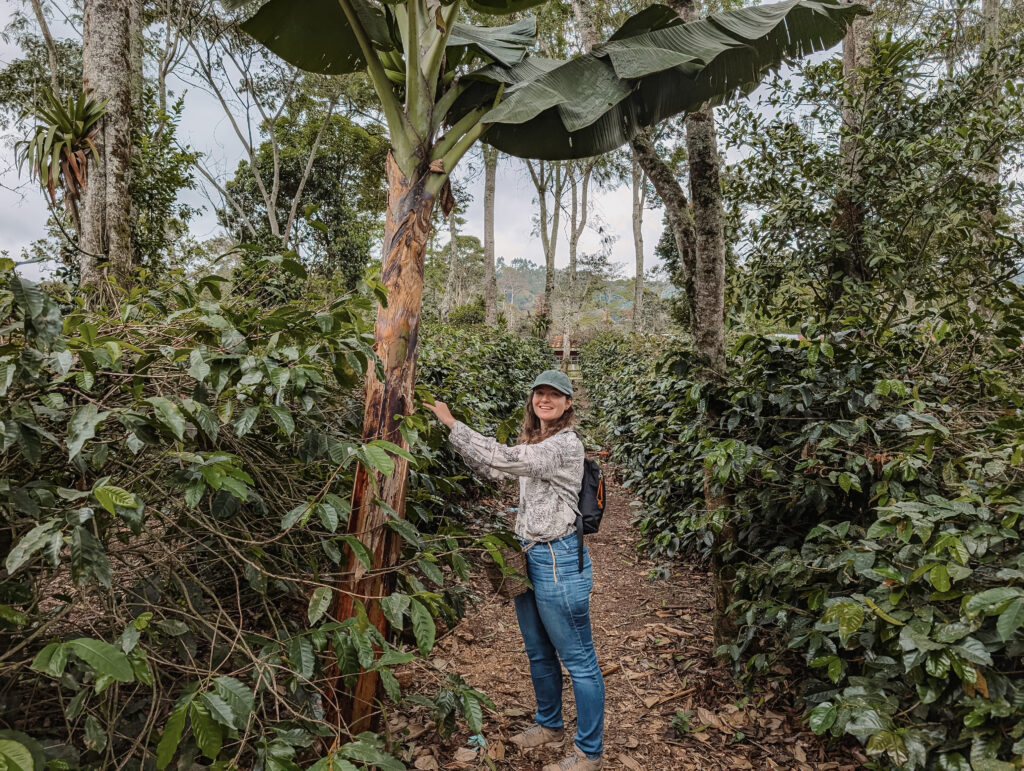
The coffee beans being produced in this region are all Arabica beans, which are some of the highest quality of coffee in the world. Some of their production is considered lesser quality based on the quality of the beans themselves. This is the coffee that remains in the country, which is why you may be disappointed in the coffee you drink at the local coffee shops around Colombia. The majority of the high quality beans are exported internationally.
What does visiting a farm in this region entail?
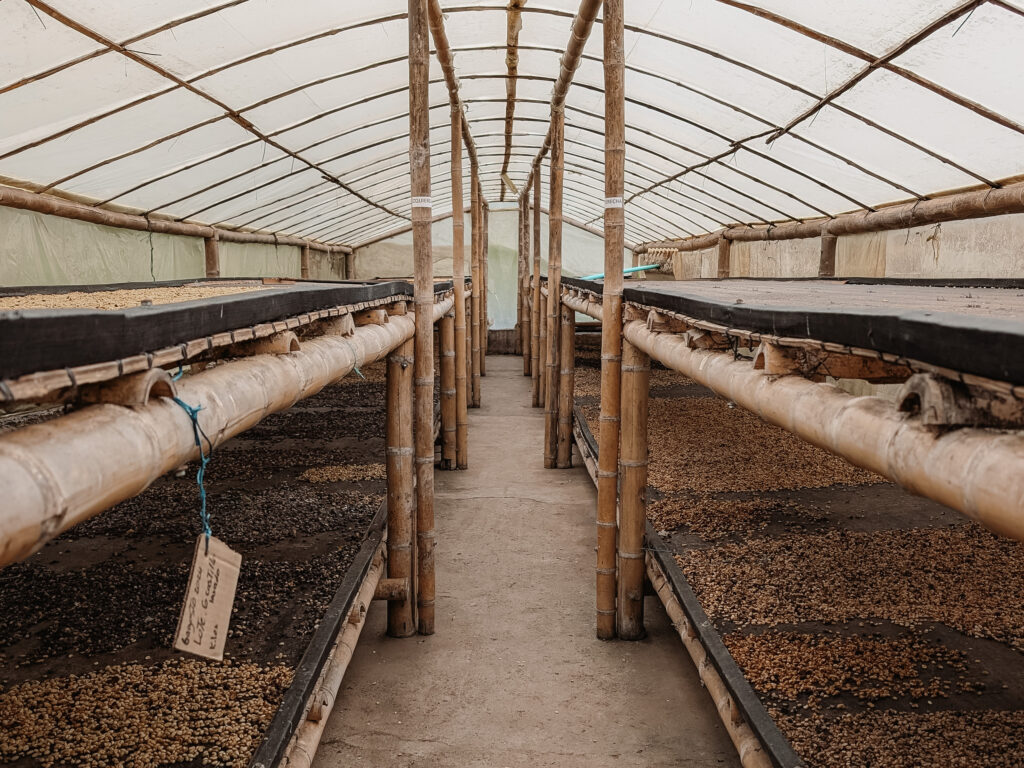
That being said, you can visit these farms to learn about the process and try a few different coffee roasts to understand the science and art of coffee production. These tours include an explanation of the process by showing the different parts of the farm and conclude with a coffee tasting. These tours begin around 9 am and different farms have different tour times throughout the day, allowing you to visit multiple farms in a day if you have a high interest in the coffee production process and want to see different artisanal methods.
To get to the farms, you can take Willys from the center of Solento. You can read more about this form of transportation here.
Climb to the Top of the Viewpoint in Salento (2 hours)
Within Salento, there is a viewpoint that overlooks both the city and the beautiful valley. Here is the location of the viewpoint. To get there, you can walk up the hill on the pedestrian path. At the viewpoint, there is a cafe where you can get a drink and something to eat while enjoying the view in front of you. It is recommended to only walk up to the viewpoint during the daytime.
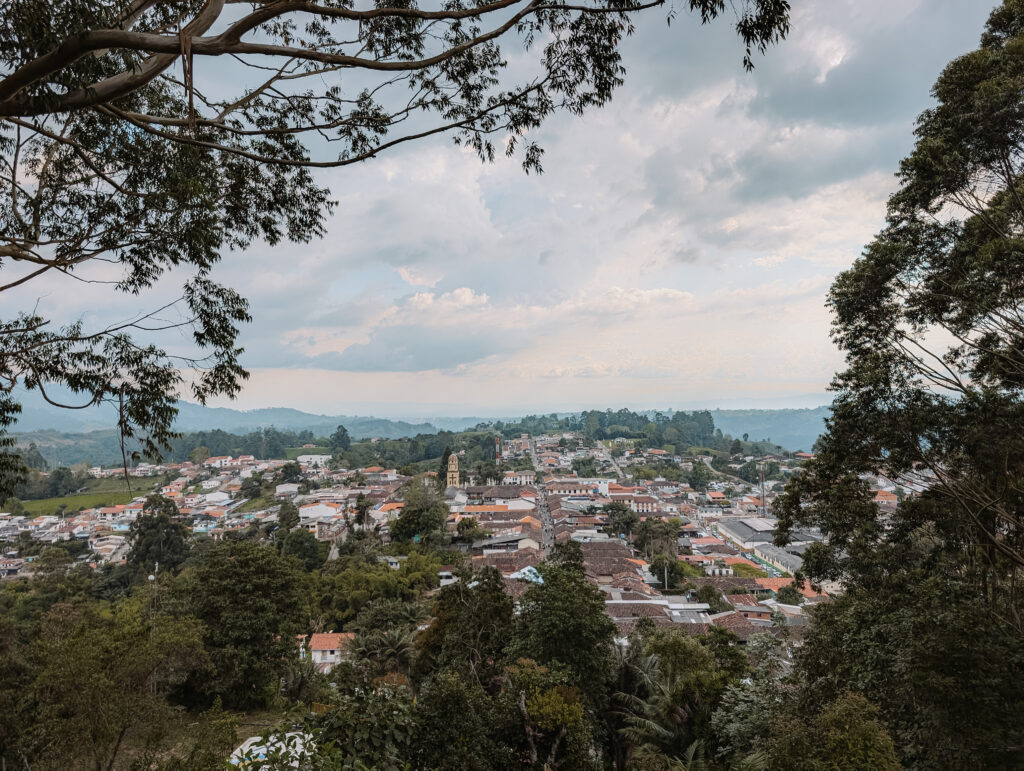
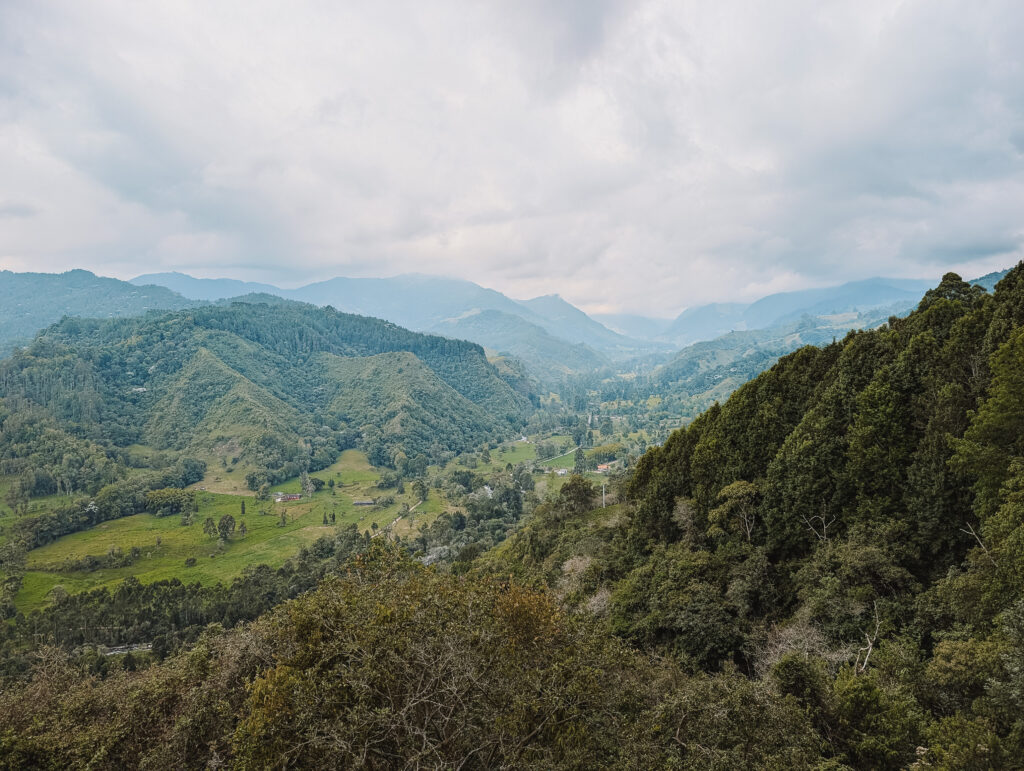
Best Things to do in Salento: Hike in the Cocora Valley (1 Day)
Hiking in the Cocora Valley is one of the highlights of visiting the Eje Cafetero region and one of the best things to do in Salento. It is a cloud forest, full of beautiful palm trees in a forest like you have never seen before. There are a few options that you can do if you want to experience this destination. (1) You can do a longer hike that takes you in a loop around the region, giving you different perspectives of the valley. (2) You can hike around just the palm tree forest. (3) You can take a horse on a walk around this area to get a different perspective and a unique activity.
This valley is also special because it was the inspiration for the imagery of Encanto by Disney. These palm trees are emblematic to the scenery of the story. We recommend watching the movie prior to visiting this region.
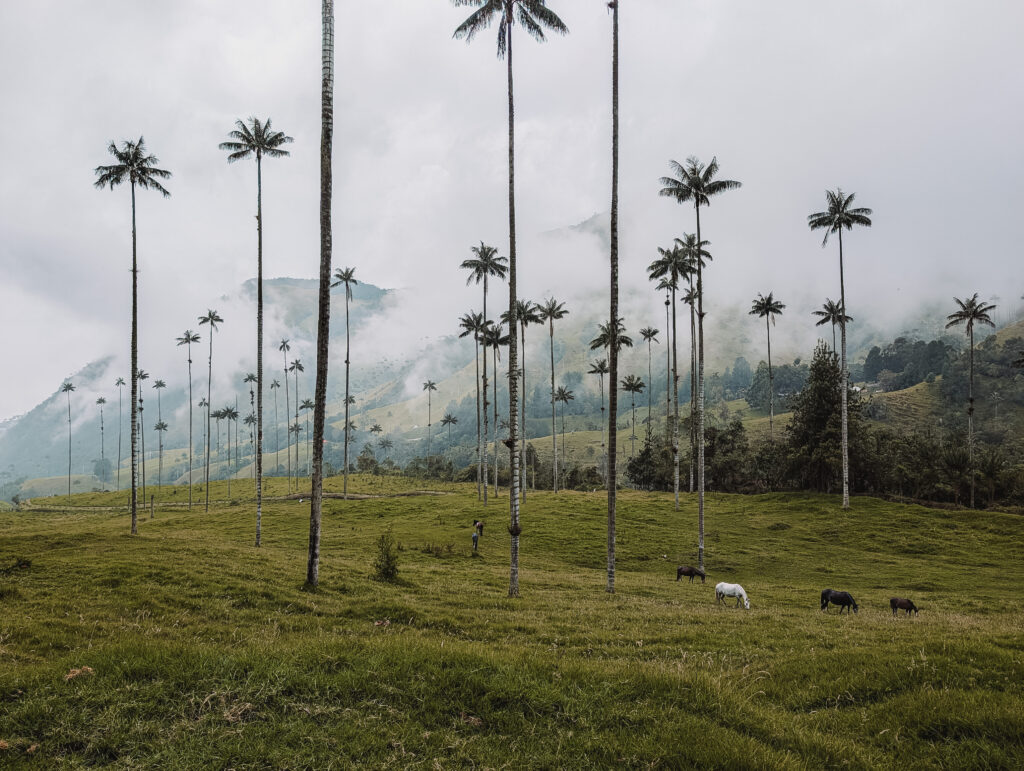
Traveling to the Cocora Valley
To get to the trailhead of the hikes or the horseback riding area, you can take one of the Willys. The Willys route to the Cocora Valley is the most popular use of the Willys and a wait for the transportation could get long; we recommend taking the first Willys at around 6:30 AM if you are doing the long trail and by 8:00 AM or 9:00 AM for the shorter hike and horseback riding. This will allow you to avoid the crowds. You can learn more about taking the transportation in the Cocora Valley with the Willys here.
(1) The Long Hike through the Cocora Valley
The long hike through the valley is a 6.8 mile (11 kilometer) loop. You can follow the Cocora Valley trail here on Alltrails. The most interesting way to complete the loop is going counterclockwise. When you get dropped off with one of the Willys, you will see a large blue gate in front of you. This is where you will start the hike (do not follow the main road!). Going in this direction means that you will start by hiking through some farms, along a river, and over 5 different suspension bridges. You will then end with views over the Cocora Valley and in the cloud forest of palm trees.
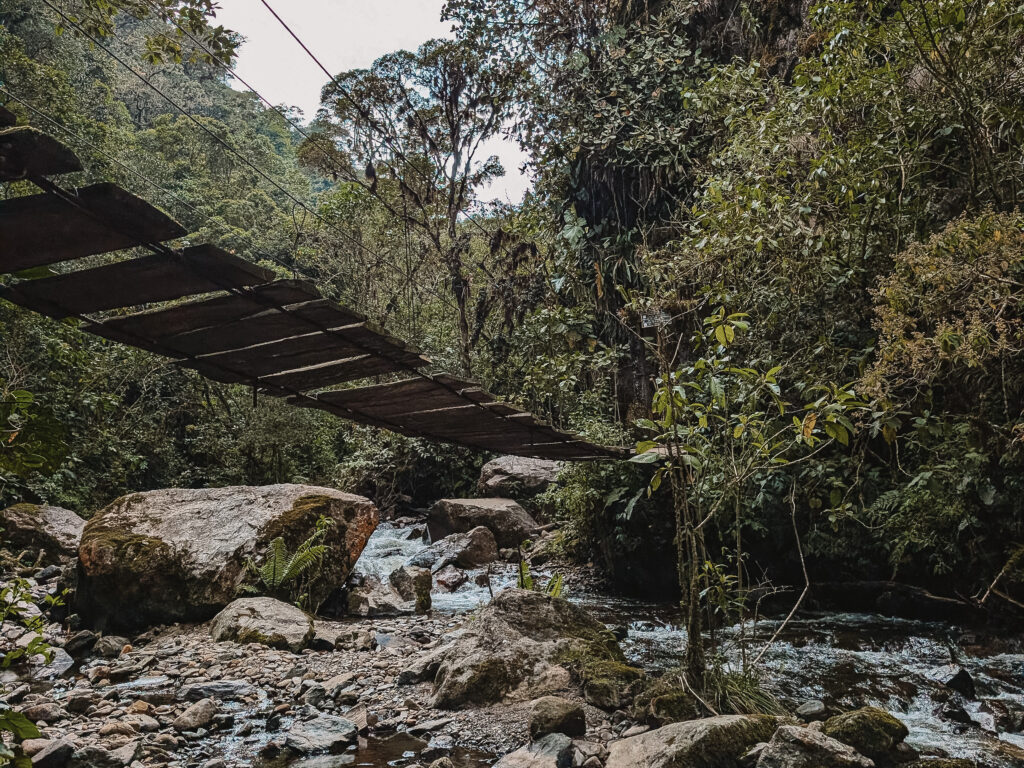

To complete this hike, you will need to pay 6,000 pesos and 20,000 pesos to two separate entities. The hike goes through private property and these payments will allow you to go through the properties. There is also the option to hike to a hummingbird house where, for 20,000 pesos, you can stop and watch the hummingbirds and get a hot chocolate or coffee.
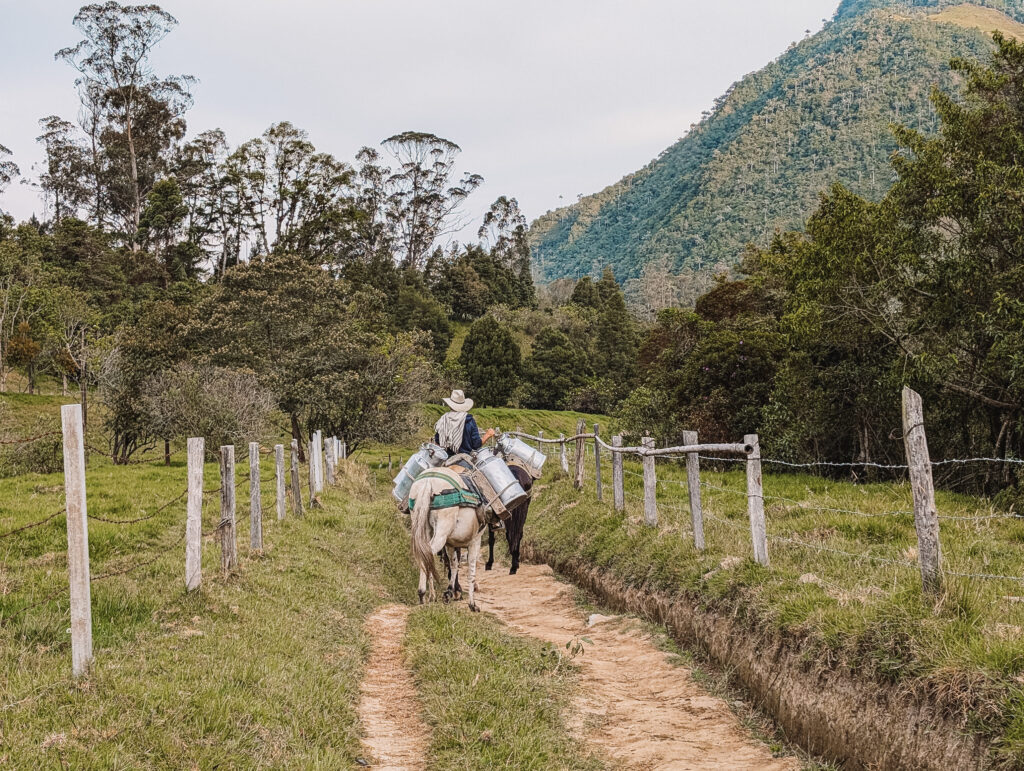
The Blueprint Travelers Hiking Staples
(2) The Short Hike through the Palm Tree Forest
This short hike through the cloud forest of palm trees is a 2.6 mile (4.2 kilometer) loop. You can follow the Palm Tree Forest loop trail here on Alltrails. This loop takes you through a portion of the palm trees and gives you views into the mountains around the valley covered in palm trees. To complete this trail, you will need to pay 20,000 pesos to the private farm that owns the property. This loop is incredibly popular and includes a few viewpoints.
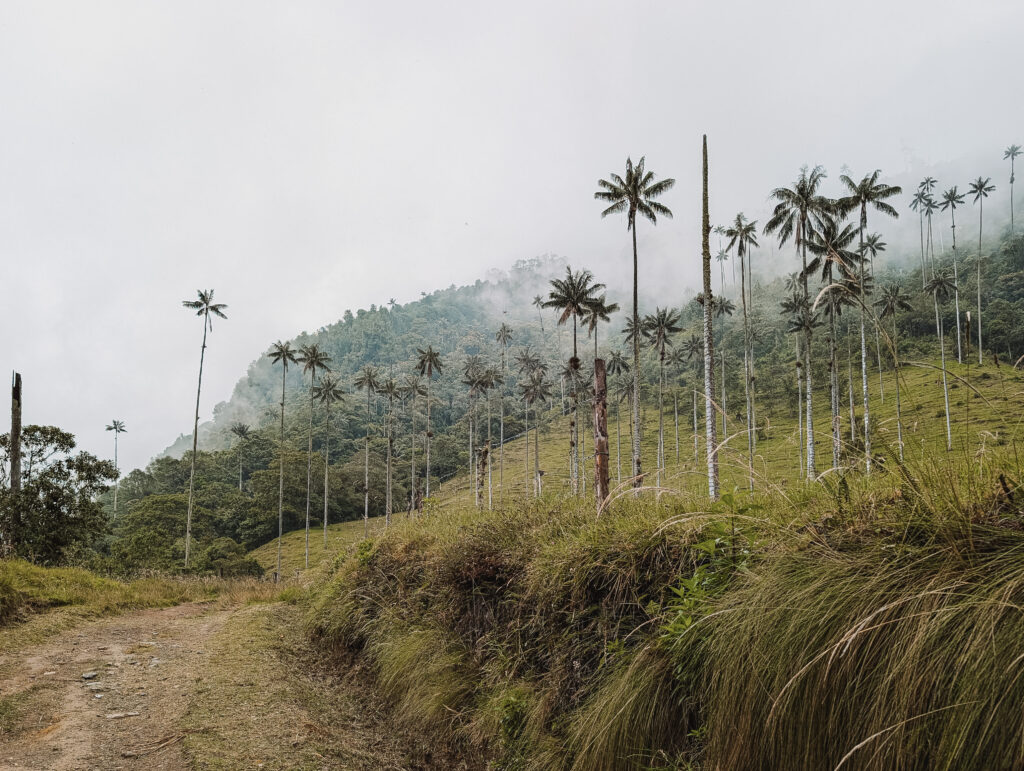
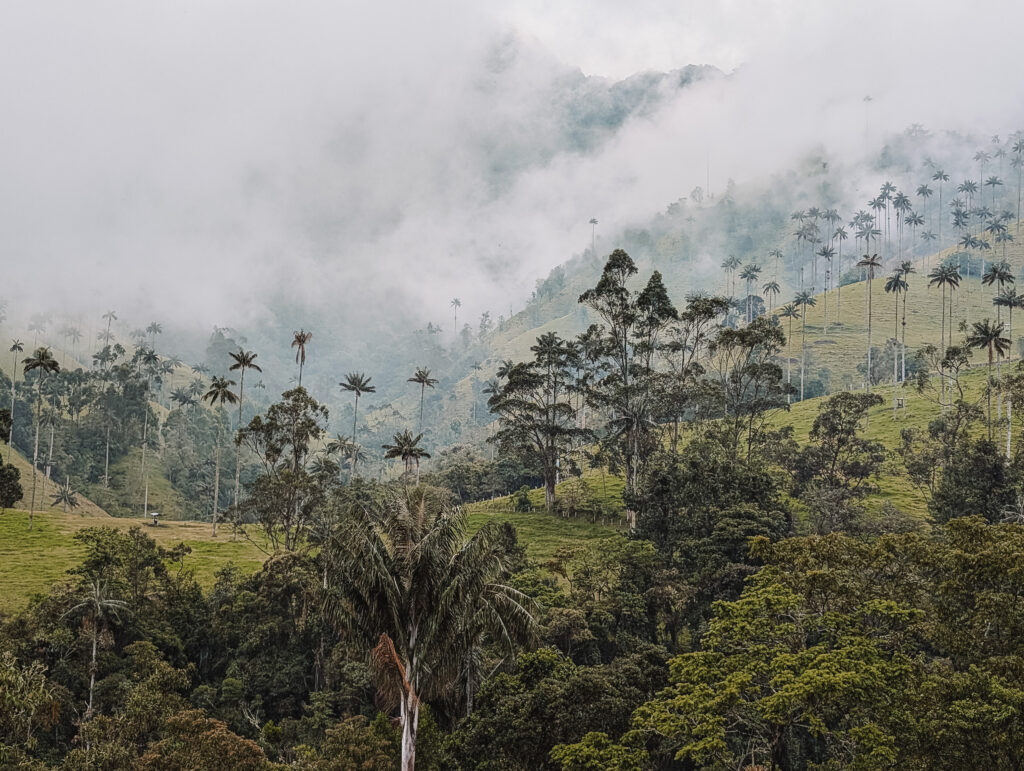
(3) Horseback Riding around the Palm Tree Forest
The final option to experience this region is by horseback riding around the property to get spectacular views of the palm tree forest in an alternative way. The horseback ride experience is a 20 minute adventure and there is no prior experience necessary. You may want to reserve this in advance and this is the company that provides this opportunity.
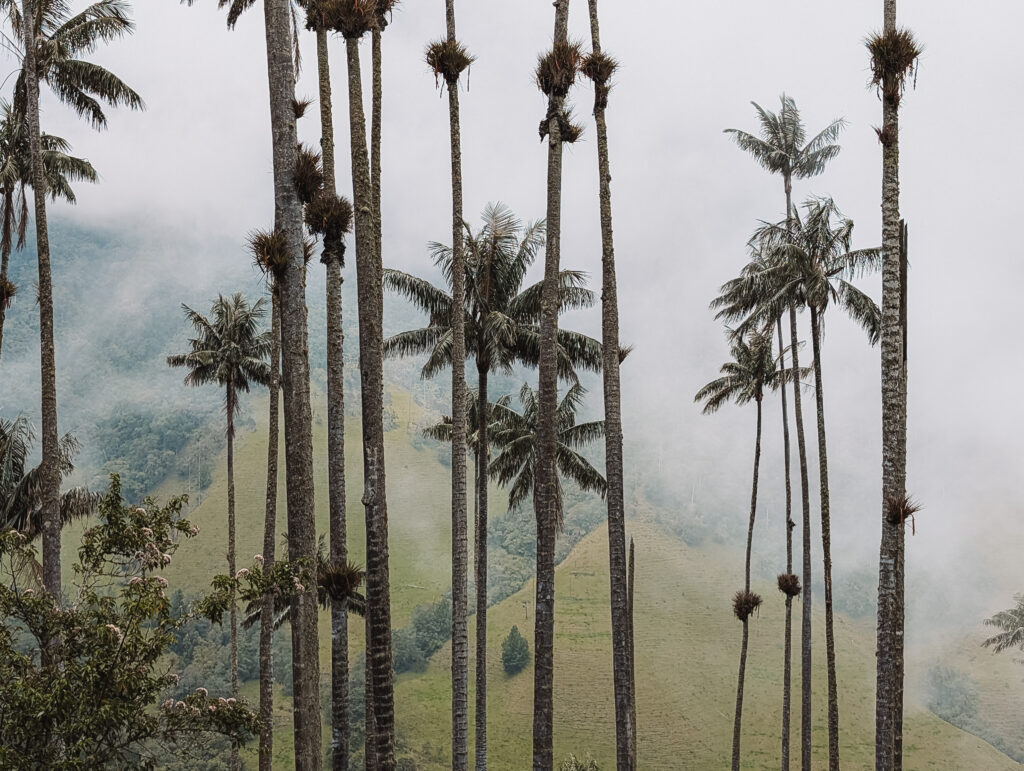
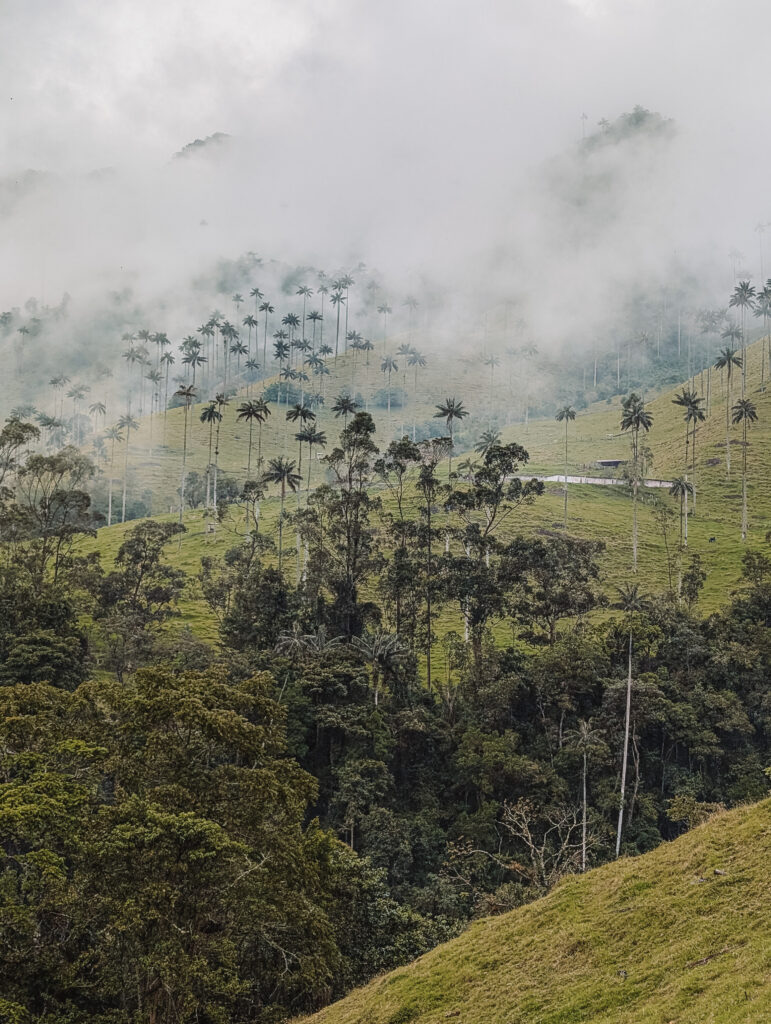
Mountain Biking, Horseback Riding, or Rafting (1 Day Each)
The Eje Cafetero region is a great area for adventurers who want to do some more thrilling activities. Some of the more popular ones include mountain biking, horseback riding, or white water rafting. You can ask your hotel about some of these different options as most hotels have some opinions and suggestions. Otherwise, you can walk through the town to find different agencies that provide these activities. These may be dependent on the weather and time of year that you are visiting the region.
Visit Different Towns (½ Day)
Filandia is another picturesque town in the region that can be easily visited from Salento. You can read more about your transportation options for getting to Filandia here. This town is full of cute streets, coffee shops, and restaurants, all focused around the main center square. One restaurant that we highly recommend is Helena Adentro “La Casa Rosada” where you can get some delicious, modern Colombian cuisine while enjoying some beautiful Eje Cafetero views. You can spend the day wandering through the streets.
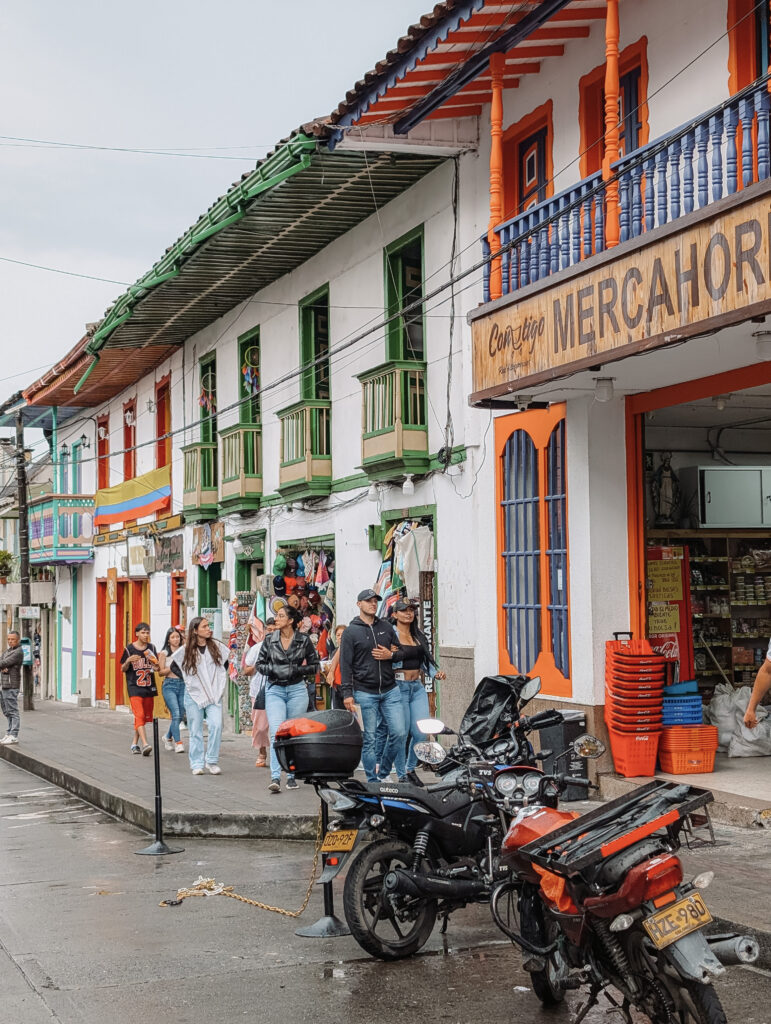
Play Tejo (1 Evening)
A popular group game that can be found in this region of Colombia is “tejo”. Within Salento, it can be found at Cancha De Tejo Los Amigos, a bar near the center of town. Here, they have a few different tejo courts that you can rent to play. The game is similar to bocce ball, petanque, boules, corn hole, etc. Within a clay landing pad lies a target that is surrounded with little packets of gunpowder. The game consists of two teams. Each player has two metal pucks that they toss from a designated line to the target. The goal is to get the puck to make the gunpowder packets explode, land in the center of the target, or get as close to the target as possible. There is a point system developed to keep track of the score and determine a winner.
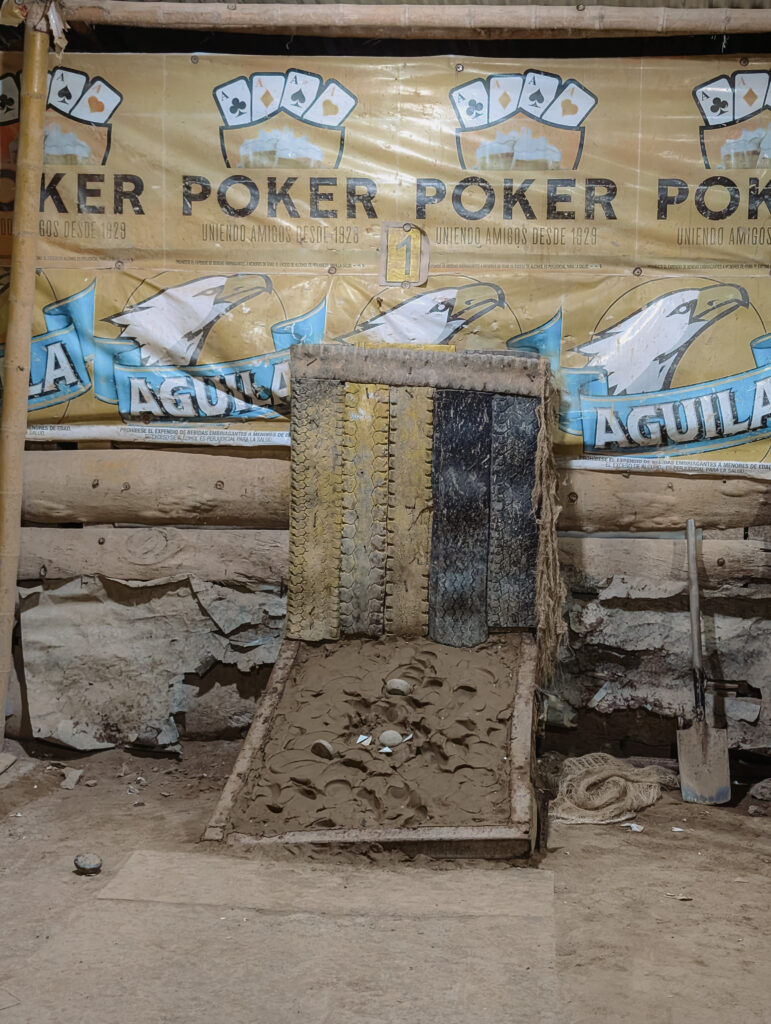
While tejo is a traditional Colombian game, this bar truly caters to tourists by providing the courts, supplies, and rules to anyone who wants to play. We recommend spending an evening playing the game and grabbing some drinks. You may also find some local Colombians playing each other in some competitive matches.
